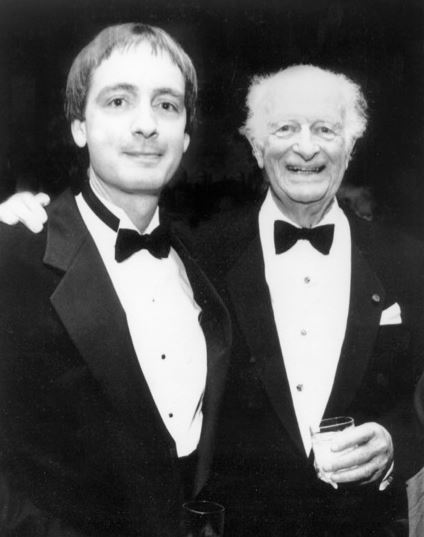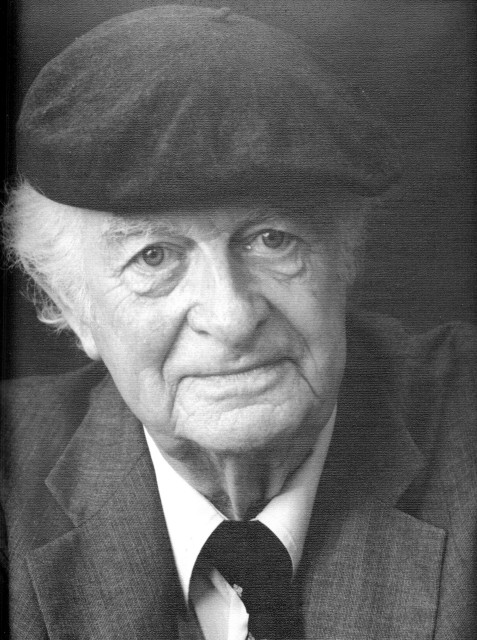What is Orthomolecular Medicine? – by Stephen Lawson
(Exercising Your Mind) this article is copied with permission from Stephen Lawson and the Linus Pauling Institute at Oregon State http://lpi.oregonstate.edu/f-w99/orthomolecular.html * UpDate* This link is no longer viable, and Stephen Lawson has retired from the Linus Pauling Institute. See page 5 of the Spring – Summer 2017 LPI NewsLetter
What is Orthomolecular Medicine?
The word “orthomolecular” was introduced by Linus Pauling in “Orthomolecular Psychiatry”, his seminal 1968 article published in the journal Science. Before defining this term, it may be useful to review some of the events that led to its introduction. In 1949, Pauling and his colleagues published a paper in Science that announced the discovery of the cause of sickle-cell anemia, the first disease to be described as a molecular disease. He had worked on hemoglobin for many years and published a number of papers on its properties. (In 1965, he and Emile Zuckerkandl published an extremely influential paper on the use of hemoglobin and other globin proteins to estimate the evolutionary divergence of organisms, which introduced the science of molecular evolution.) While serving as a member of the Medical Advisory Committee of the United States government in 1945, Pauling listened to Dr. William Castle of Harvard describe the abnormal sickle shape of the red corpuscles in patients with sickle-cell anemia. Pauling immediately suggested that the sickling might be caused by an abnormal hemoglobin that combined with itself into long rods when deoxygenated. The long rods then twist the red corpuscle into the abnormal shape characteristic in sickle-cell anemia. A few years later, Pauling was able to test and confirm this hypothesis with the help of Dr. Harvey Itano. Their Science paper, which demonstrated that sickle-cell anemia is caused by an abnormal molecule, heralded the era of molecular medicine.
A number of other molecular diseases have been described, such as phenylketonuria, in which an enzyme deficiency allows the accumulation of the amino acid phenylalanine in the body, leading to mental and physical problems. Galactosemia is another molecular disease. In afflicted infants, the sugar galactose accumulates because of a missing enzyme, causing mental and physical manifestations. Both of these illnesses arise from abnormalities in the amounts or the structure of enzymes, and by the late 1950s, Pauling had become increasingly interested in the role of enzymes in brain function. Thanks to funding from the Ford Foundation, he started to explore the biochemistry and molecular basis of mental illness. He learned about changes in mental function that precede the overt B vitamin deficiency diseases—pellagra, pernicious anemia, and beriberi—and later learned about the work of two psychiatrists, Abram Hoffer and Humphry Osmond, who were reporting success in treating schizophrenics with niacin, the B vitamin that prevents pellagra.
In the case of phenylketonuria, treatment has consisted of restricting the amount of dietary phenylalanine. Similarly, galactosemia can be treated by eliminating milk, which contains galactose, from the diet. Pauling cited these strategies as examples of orthomolecular psychiatric therapy, which he defined in “Orthomolecular Psychiatry” as “the treatment of mental disease by the provision of the optimum molecular environment for the mind, especially the optimum concentrations of substances normally present in the body.” He later broadened this definition to include orthomolecular medicine, which he defined as “the preservation of good health and the treatment of disease by varying the concentrations in the human body of substances that are normally present in the body”. He sometimes appended “and are required for health” to this definition and noted, “the adjective orthomolecular is used to express the idea of the right molecules in the right concentration” (emphasis added). The treatment of diabetes by the injection of insulin and the prevention of goiter with iodine are other instances of orthomolecular medicine.

Stephen Lawson & Linus Pauling 90th birthday party 1991.
As you can see from the examples of orthomolecular medicine discussed above, sometimes decreasing the amount of a substance in the body is beneficial (see also the article on homocysteine in this newsletter). Orthomolecular medicine is not “alternative”; rather, it should be considered as an adjunct to appropriate conventional medicine. Pauling became especially fascinated with vitamin C in the mid-1960s and quickly recognized that the intake of this vitamin and, consequently, its concentration in the body, significantly influences health and disease.
Research in orthomolecular nutrition and medicine forms the basis of the mission of the Linus Pauling Institute. Our faculty are particularly interested in determining the body’s optimal concentration of various substances from food, including vitamins, micronutrients, and phytochemicals, that leads to the best of health and affords the greatest protection against disease. Recent results of these investigations are surveyed in the following article.
Last updated November, 1999



